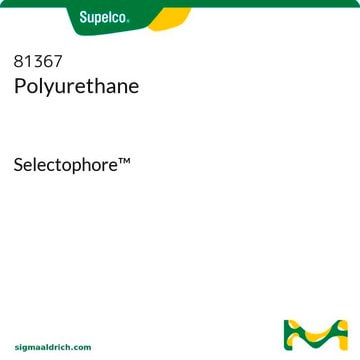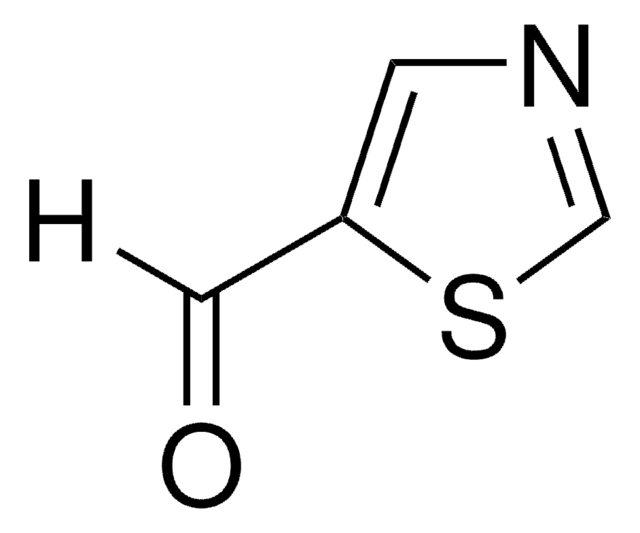430218
Poly[4,4′-methylenebis(phenyl isocyanate)-alt-1,4-butanediol/di(propylene glycol)/polycaprolactone]
pellets, MDI-polyester/polyether polyurethane.
About This Item
Productos recomendados
abrasion resistance
10 mg (Taber, H-22 wheel)
form
beads
pellets
melt index
4 g/10 min (190°C/8.7kg)
hardness
84 (Shore A, ASTM D 2240)
transition temp
Tg −40 °C (DSC)
softening point 85 °C (Vicat, ASTM D 1525)
density
1.18 g/mL at 25 °C (lit.)
Categorías relacionadas
General description
Application
Features and Benefits
signalword
Danger
hcodes
Hazard Classifications
Acute Tox. 4 Oral - Eye Irrit. 2 - Resp. Sens. 1 - Skin Irrit. 2 - Skin Sens. 1
Storage Class
11 - Combustible Solids
wgk_germany
WGK 3
flash_point_f
Not applicable
flash_point_c
Not applicable
Certificados de análisis (COA)
Busque Certificados de análisis (COA) introduciendo el número de lote del producto. Los números de lote se encuentran en la etiqueta del producto después de las palabras «Lot» o «Batch»
¿Ya tiene este producto?
Encuentre la documentación para los productos que ha comprado recientemente en la Biblioteca de documentos.
Nuestro equipo de científicos tiene experiencia en todas las áreas de investigación: Ciencias de la vida, Ciencia de los materiales, Síntesis química, Cromatografía, Analítica y muchas otras.
Póngase en contacto con el Servicio técnico










